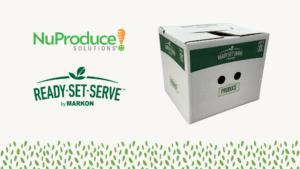Every operator expects employees to value food safety. But can you tell if they do? Let’s consider three factors in evaluating the culture of food safety at your business.
1. Onboarding and Training
Defining food safety responsibilities is vital. Just as employees learn how to clock in, they should learn about proper hand washing and food handling.
2. Reviewing Inspection Reports
Whether it’s health department inspection day or any other day, food safety practices should be in place. This allows you to use the inspection report as a guide for improvement.
3. Asking Questions
Quiz employees. “Do you know why we require a hair net?” or “Did you know gloves aren’t for protecting your hands, but for protecting food?” Their answers can unveil knowledge gaps.
Once you have evaluated employees’ values and beliefs about serving safe food, strengthen your culture by defining why it’s important. Focus on these three areas:
1. Prevention of Foodborne Illness
Each year foodborne illness sickens 76 million people and is a factor in 5,000 deaths. Carelessness, such as forgetting to wash hands, is simply dangerous.
2. Complying With Regulations
Local health department regulations are in place to protect the public. Following them every day means the rules won’t become an afterthought.
3. Reputation
A foodborne illness outbreak could temporarily (or permanently) close your operation. It’s hard to win back public trust. In addition, your business could be fined or sued. For employees, it’s unlikely you will be able to pay them during a closure.
Creating a culture of food safety starts now and continues daily. For information to help your training, Gordon Food Service provides the Food Safety Awareness page on Gordon Experience. Also, click here to learn more about Trust20 and how they can play a role in helping you create a culture of food safety in your operation.




























